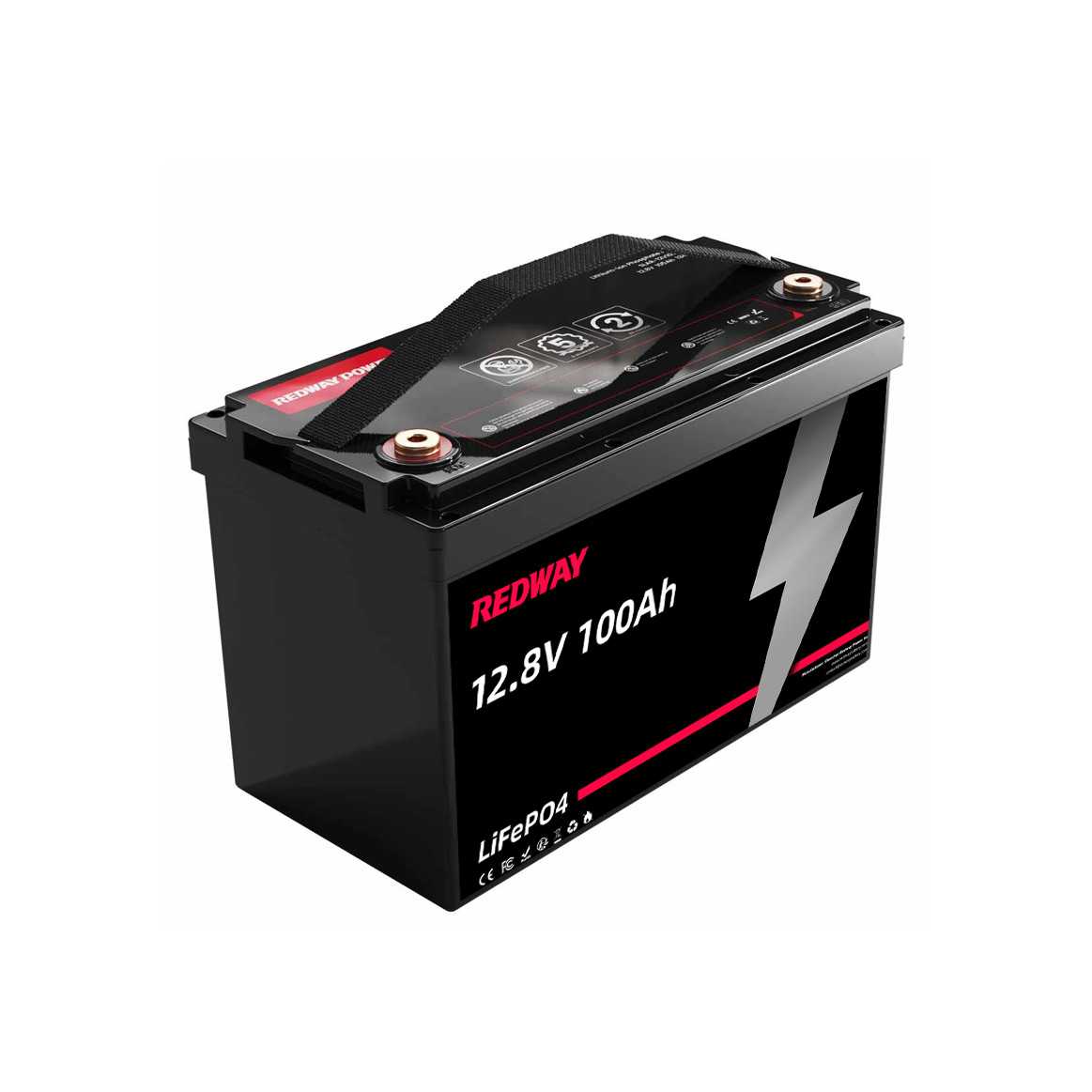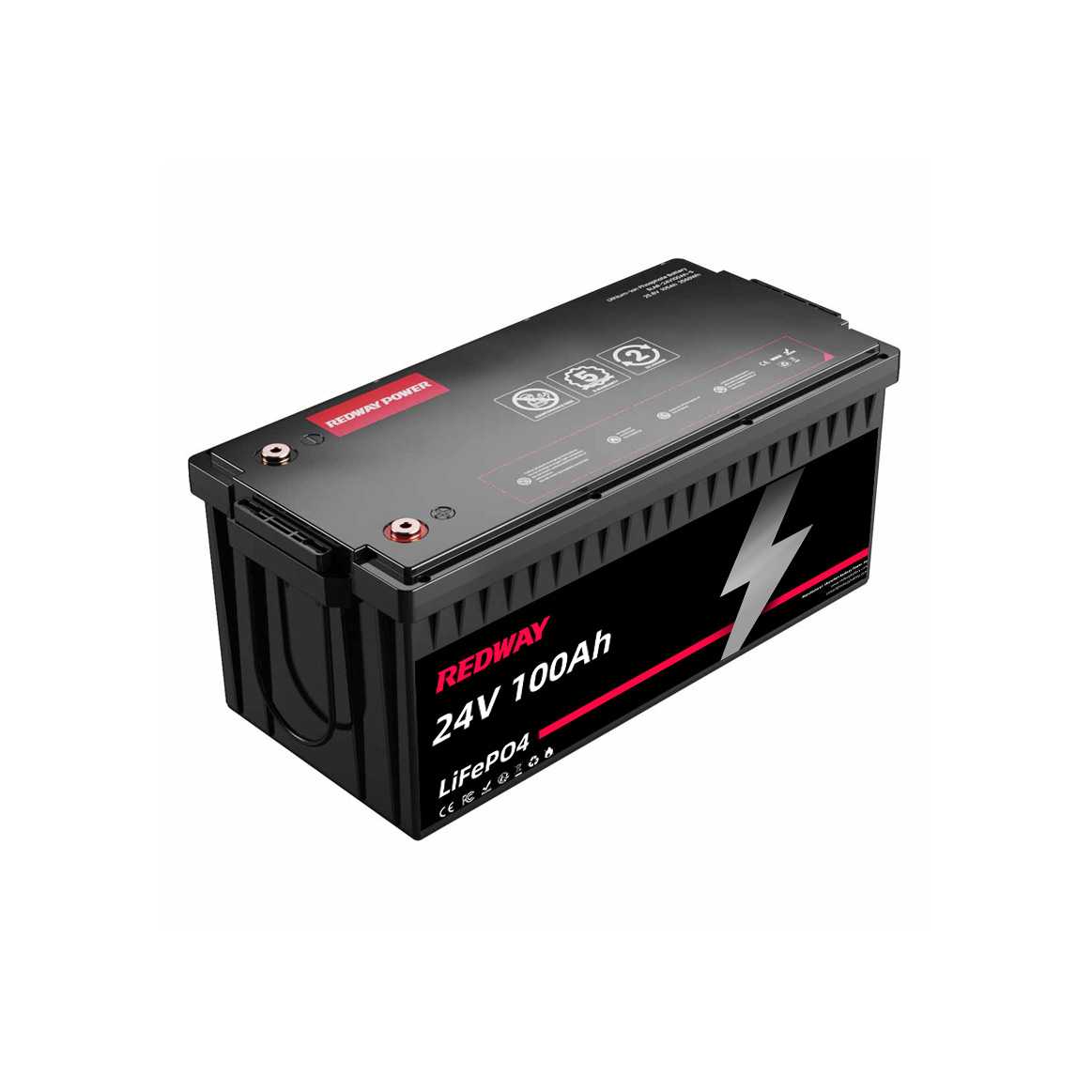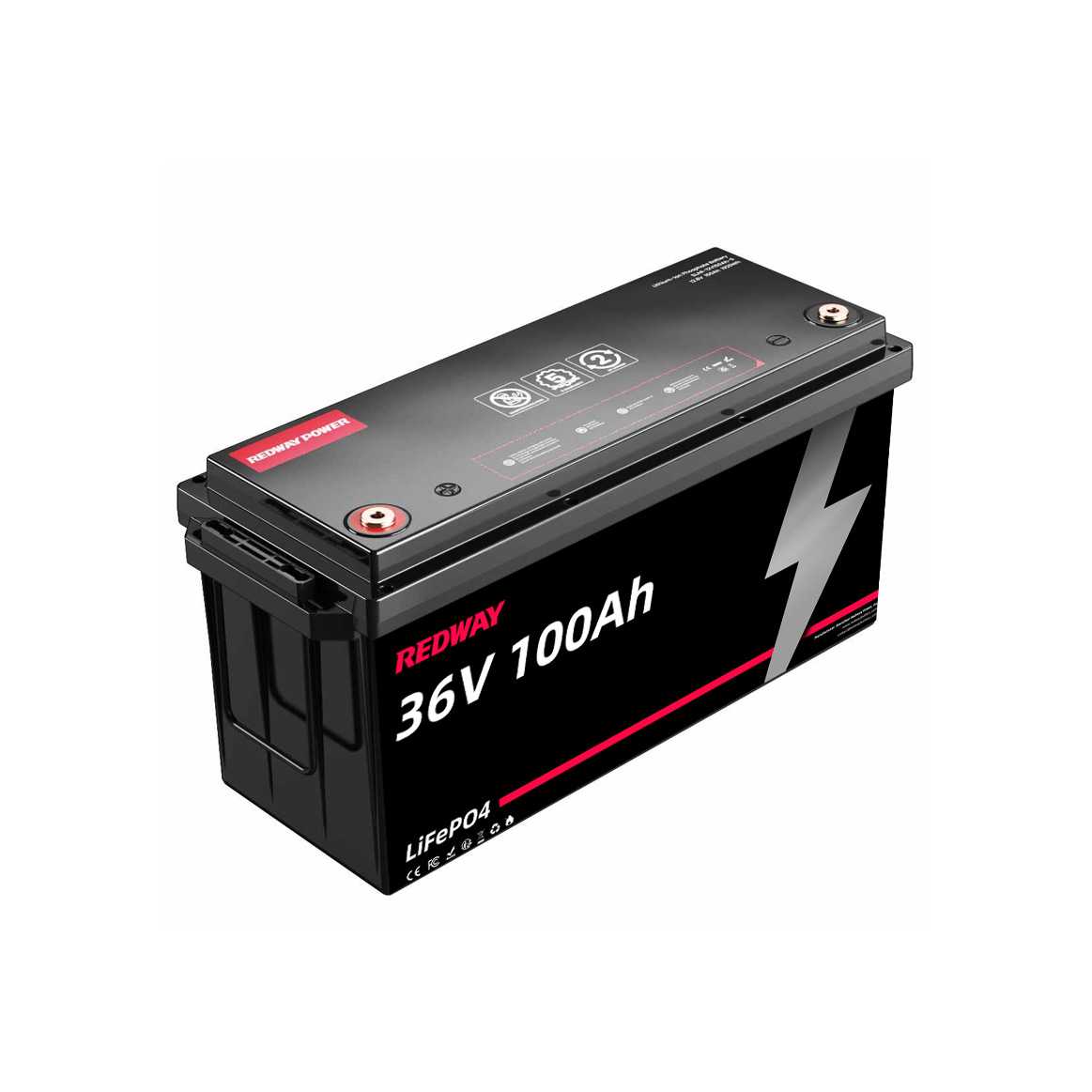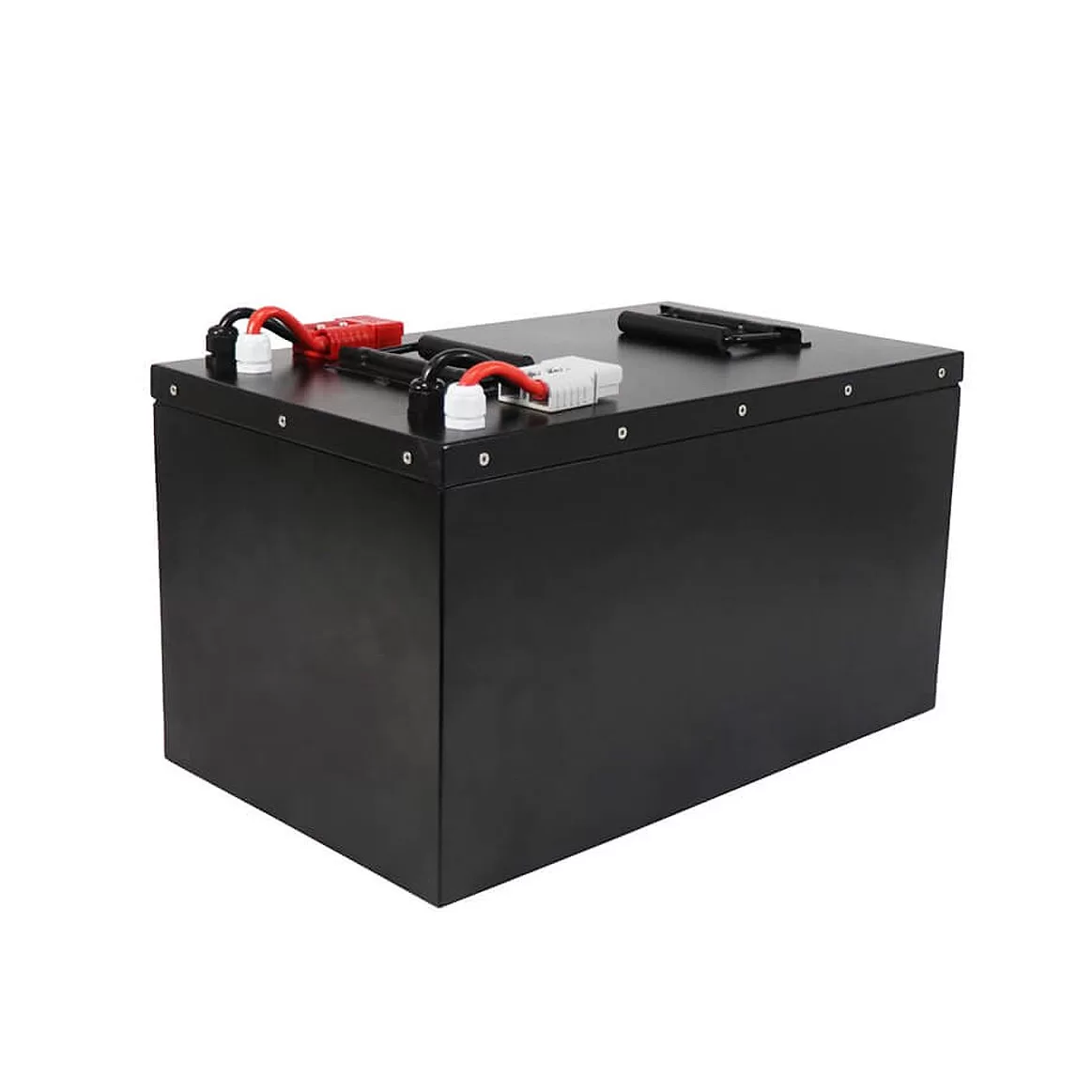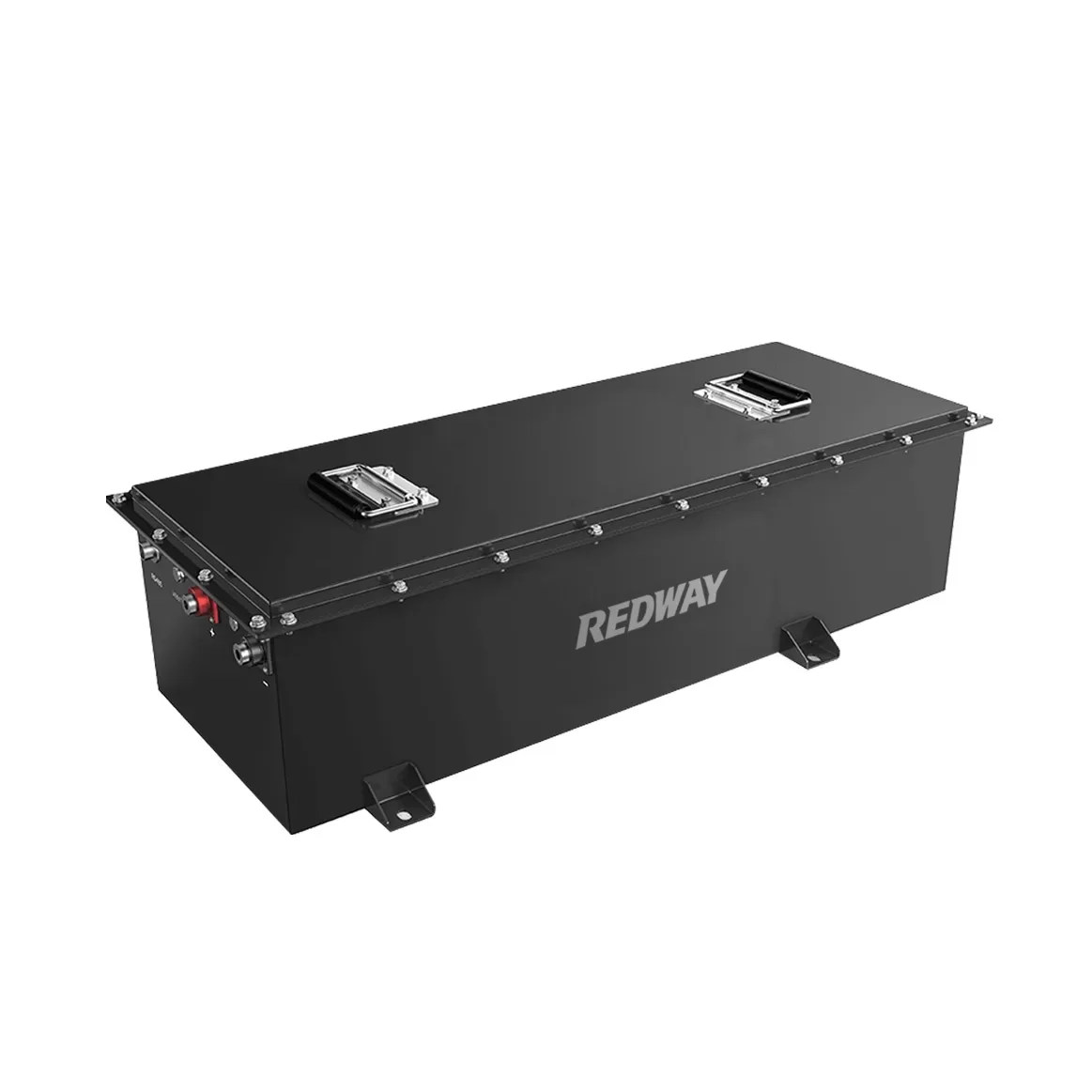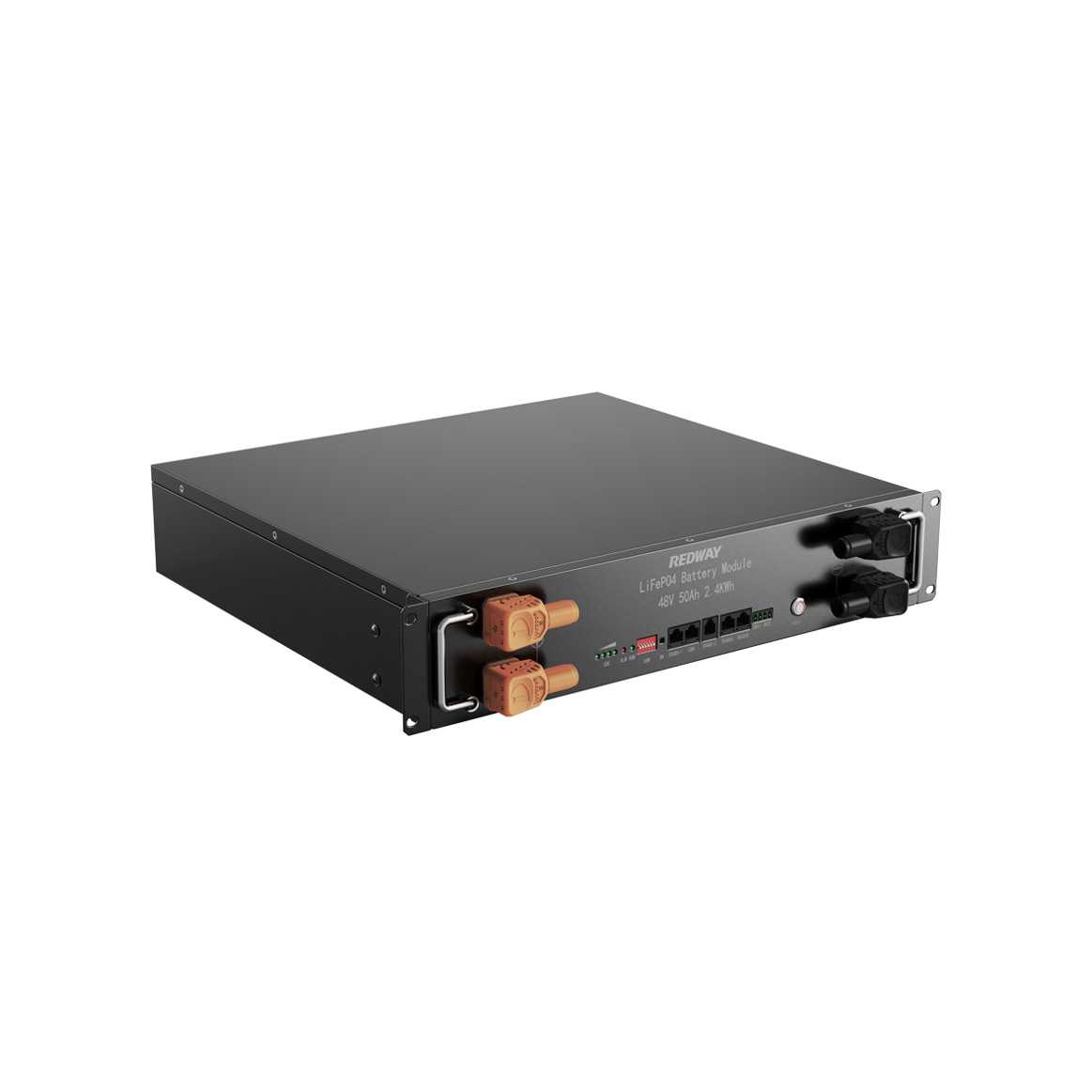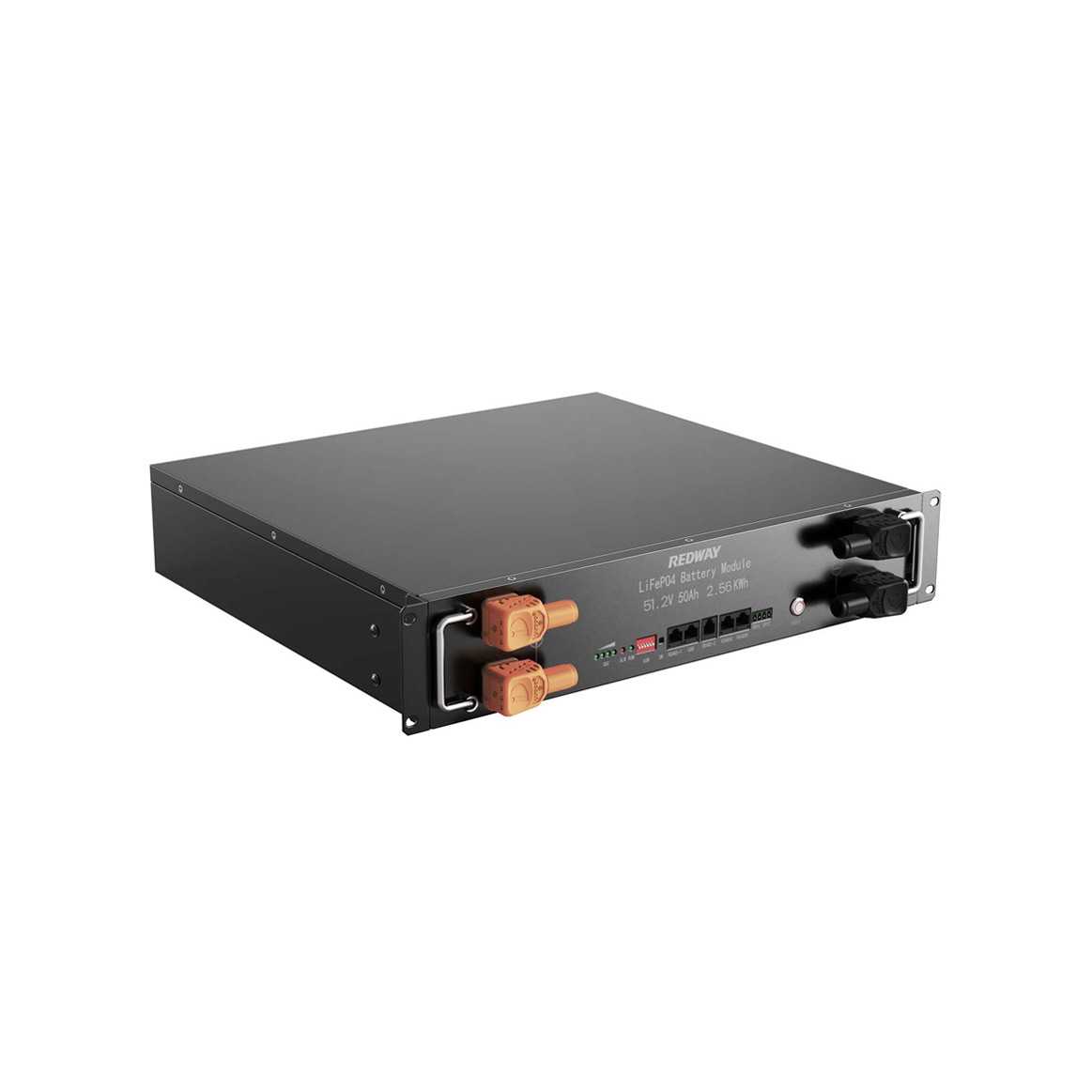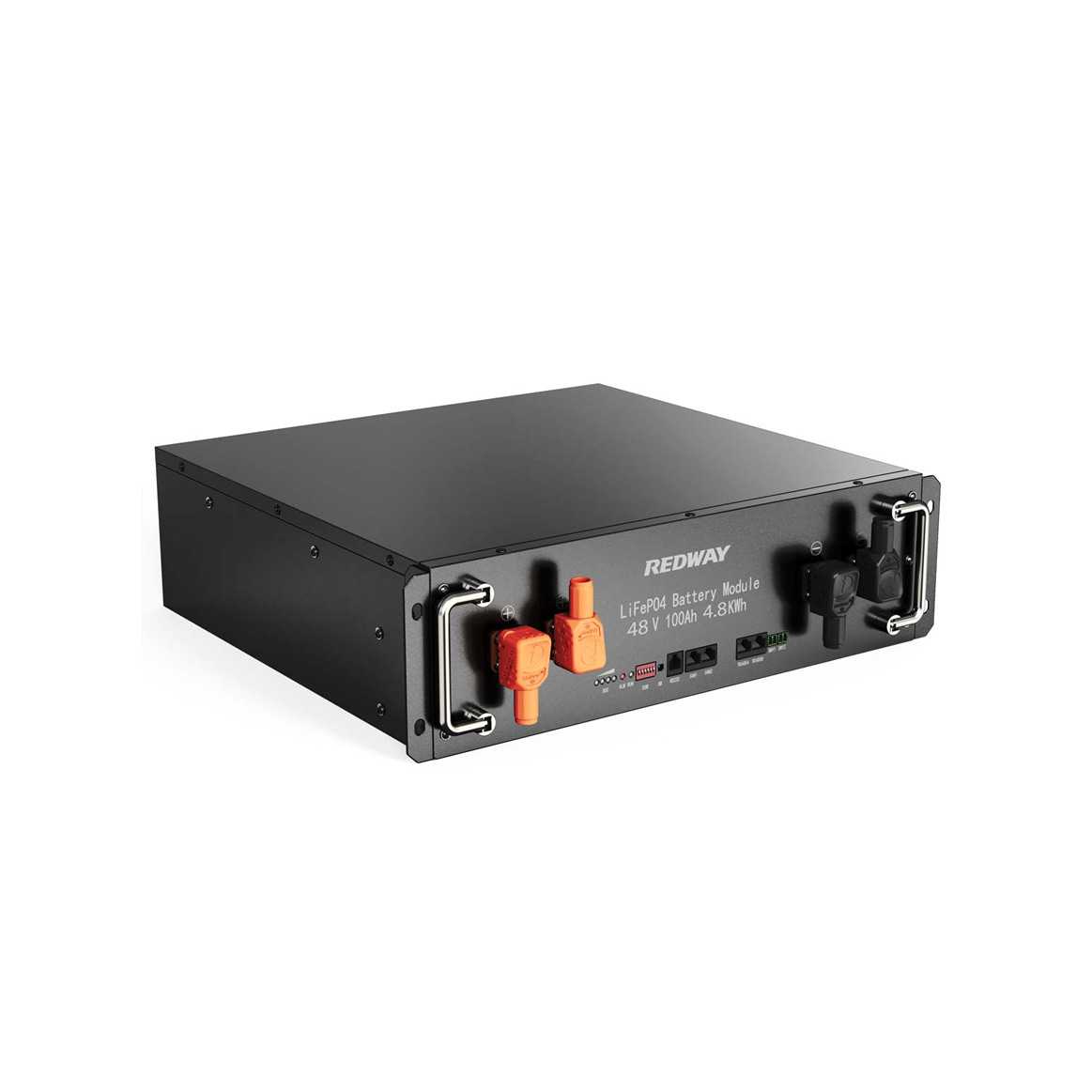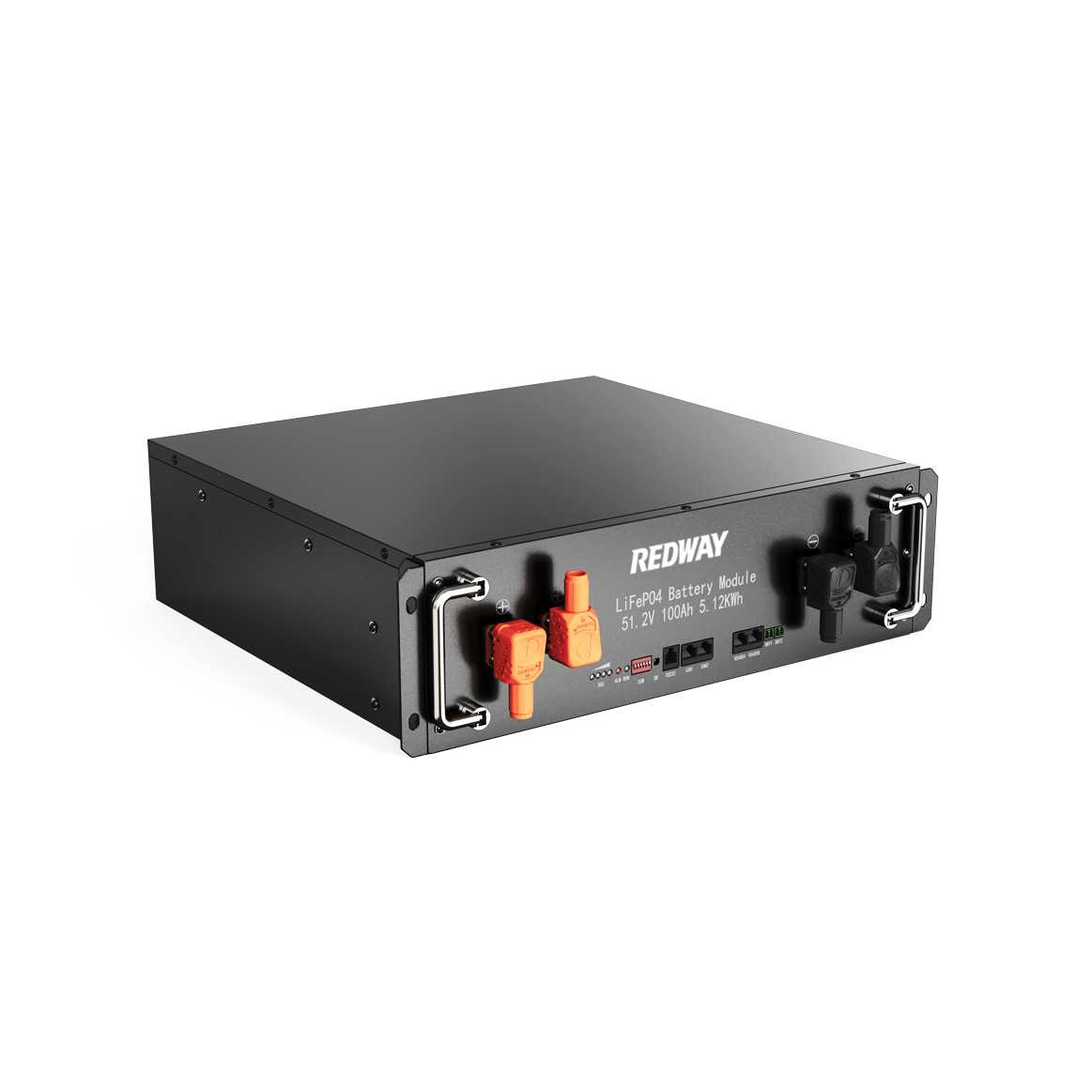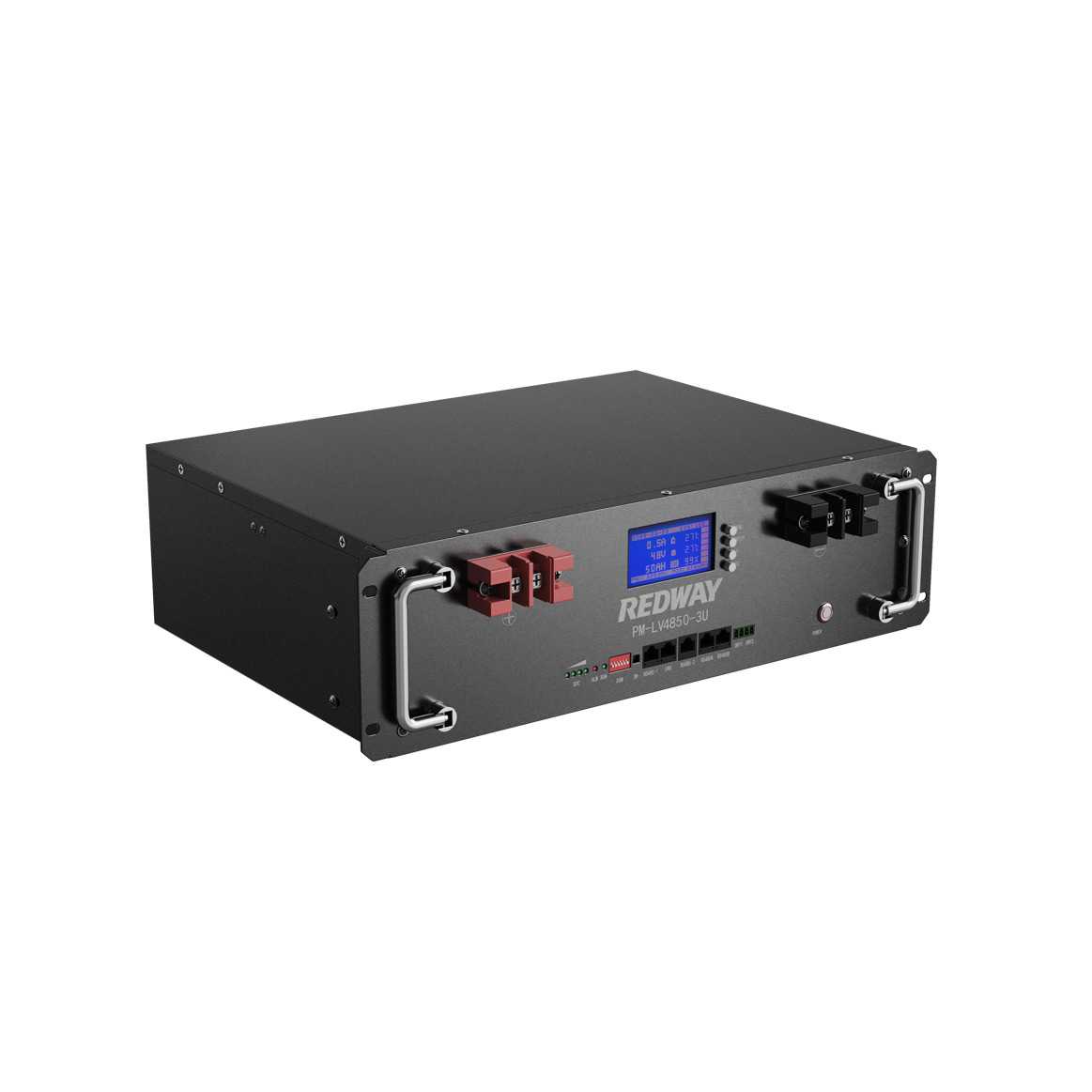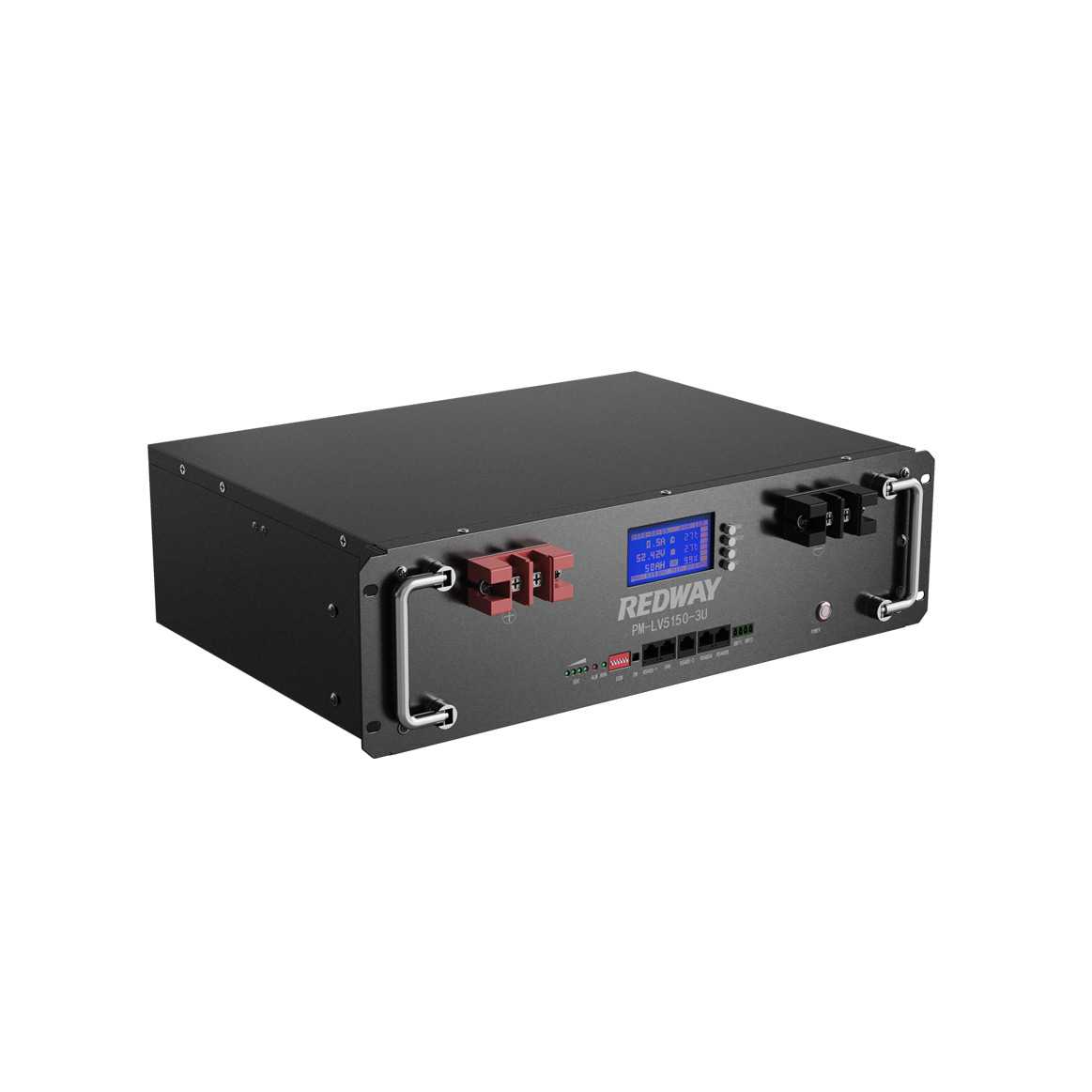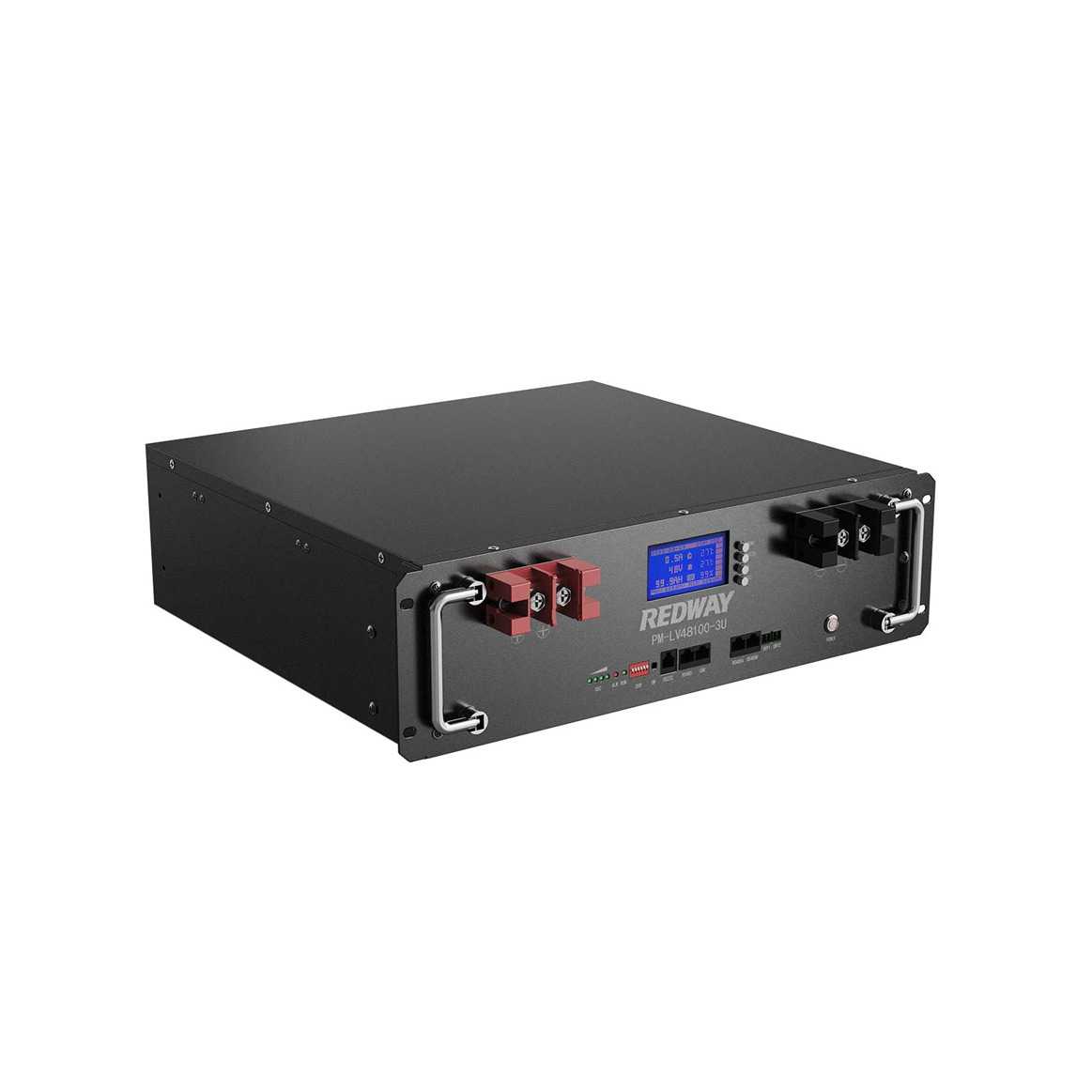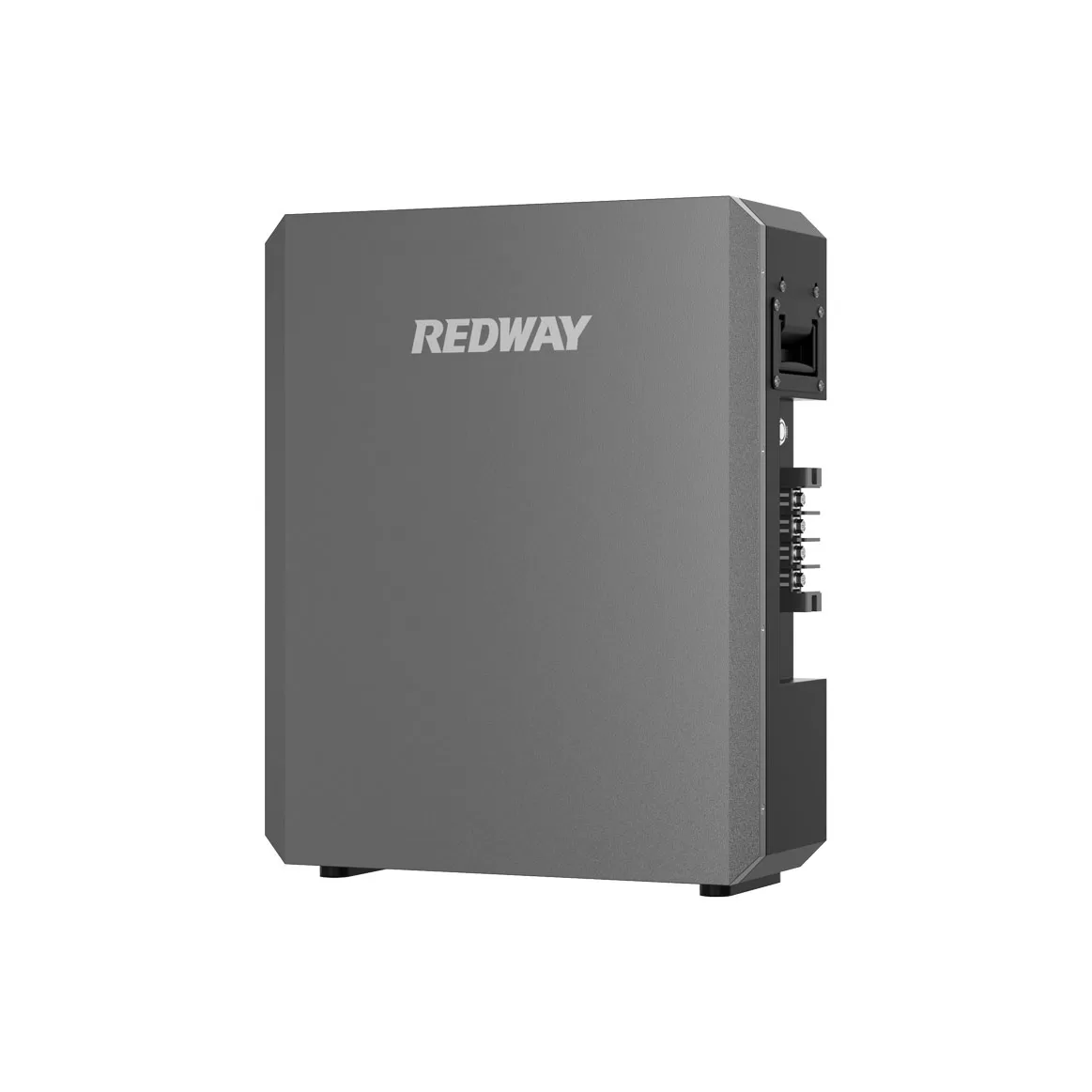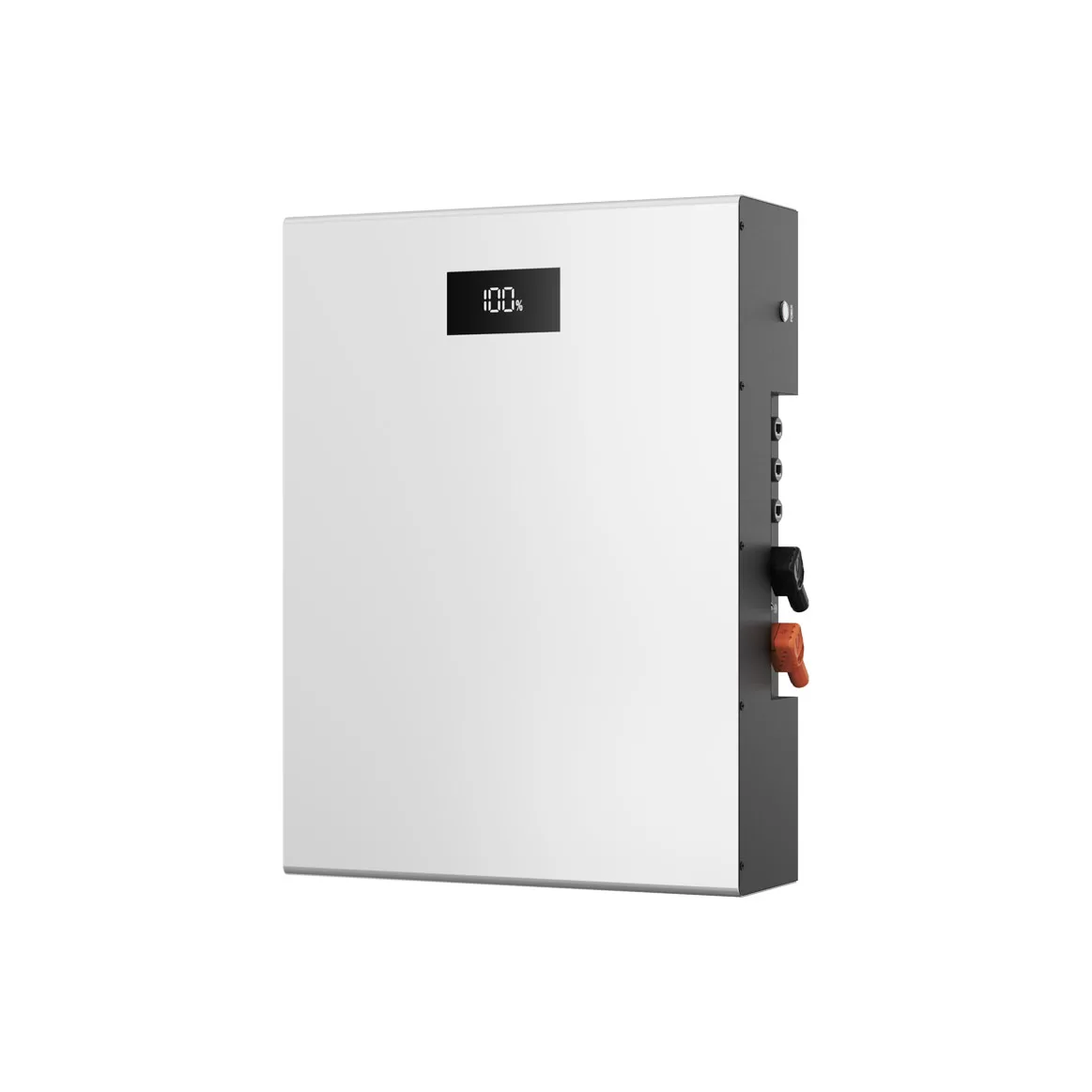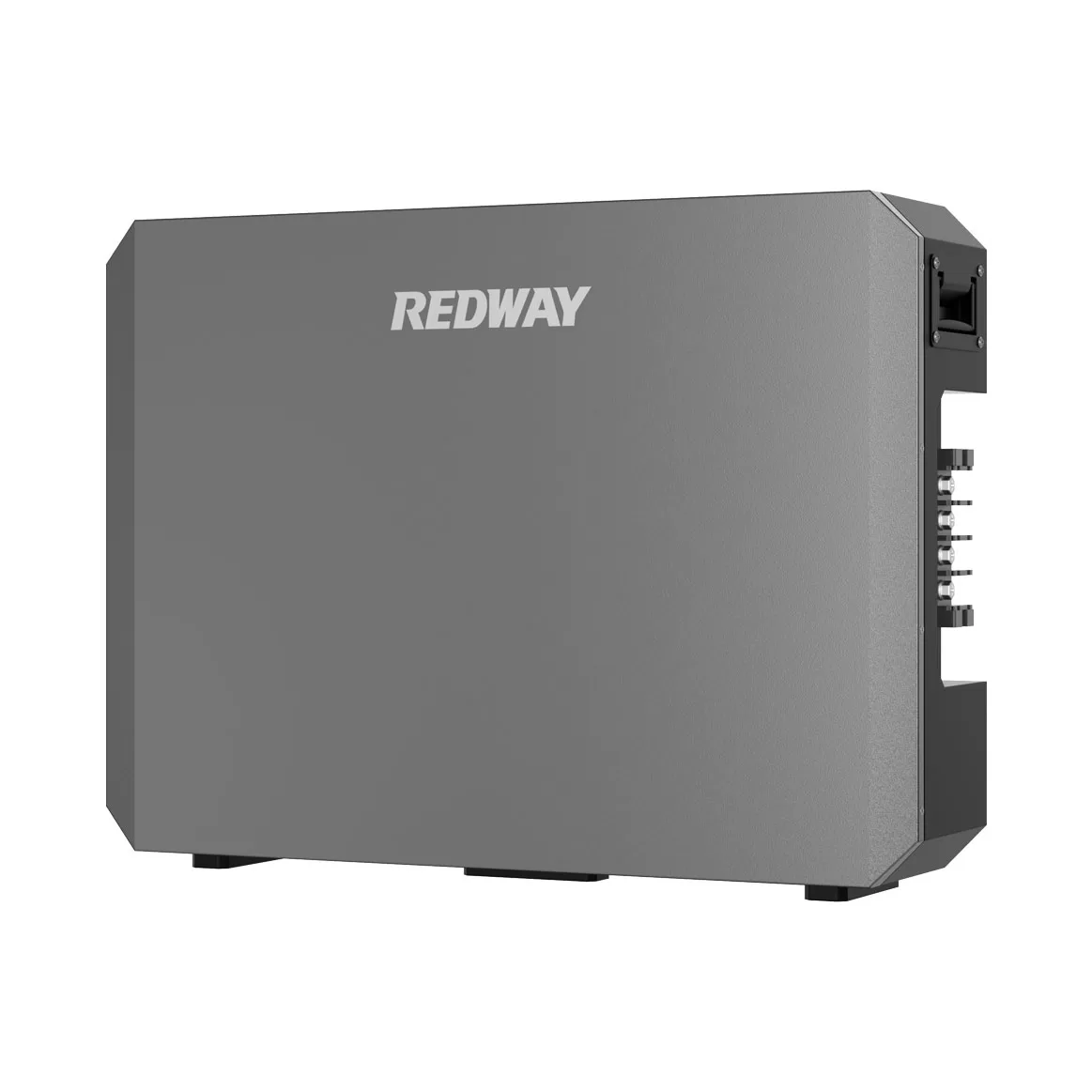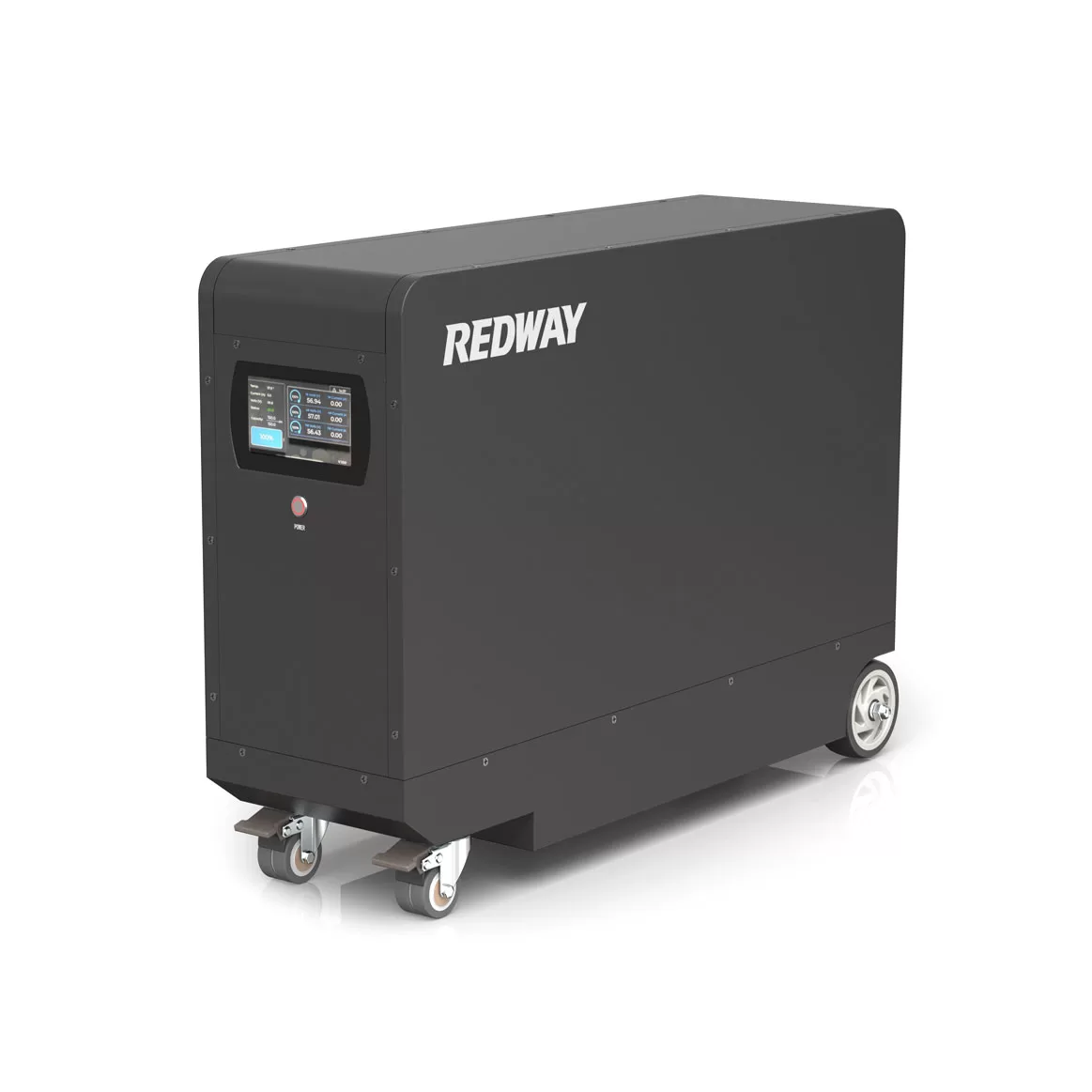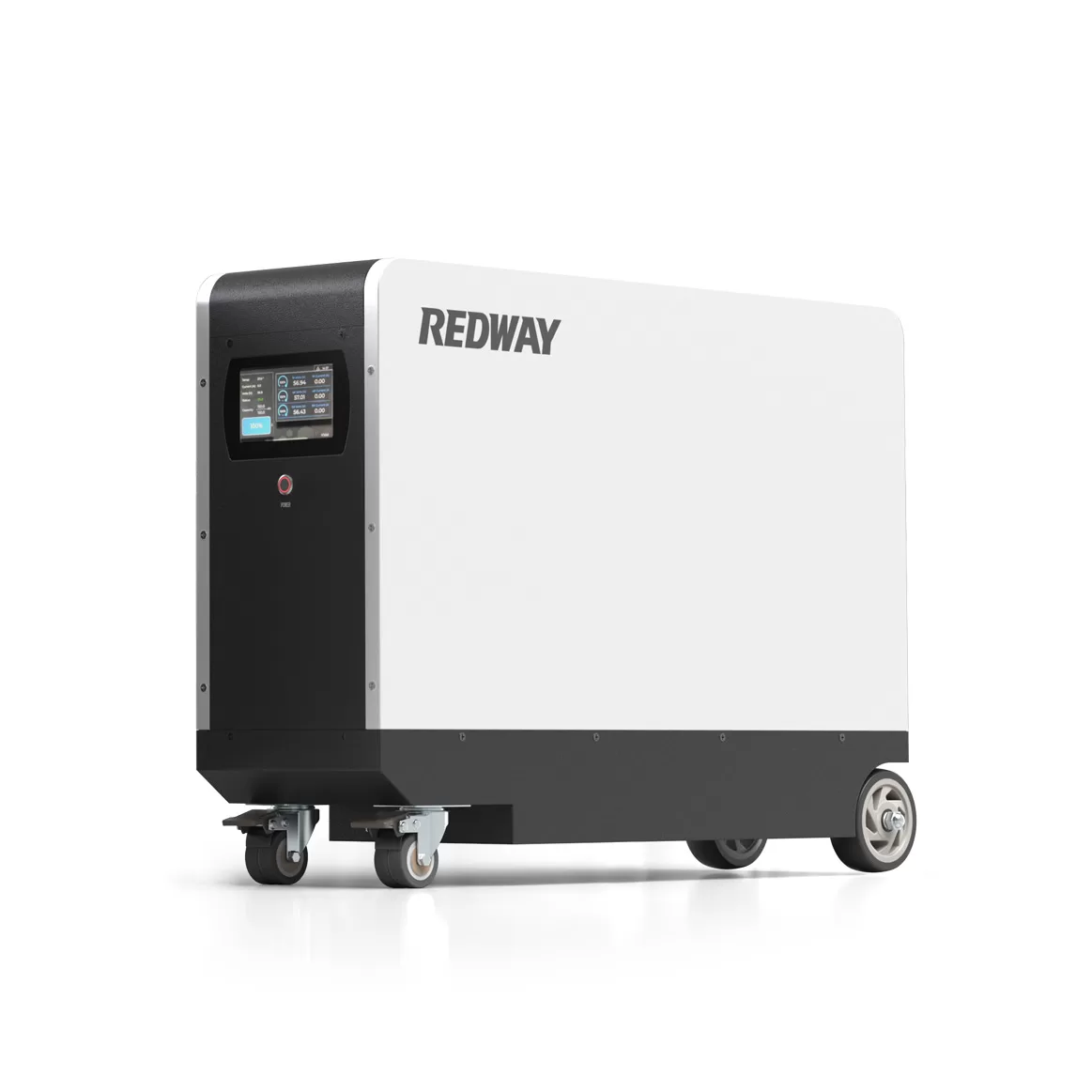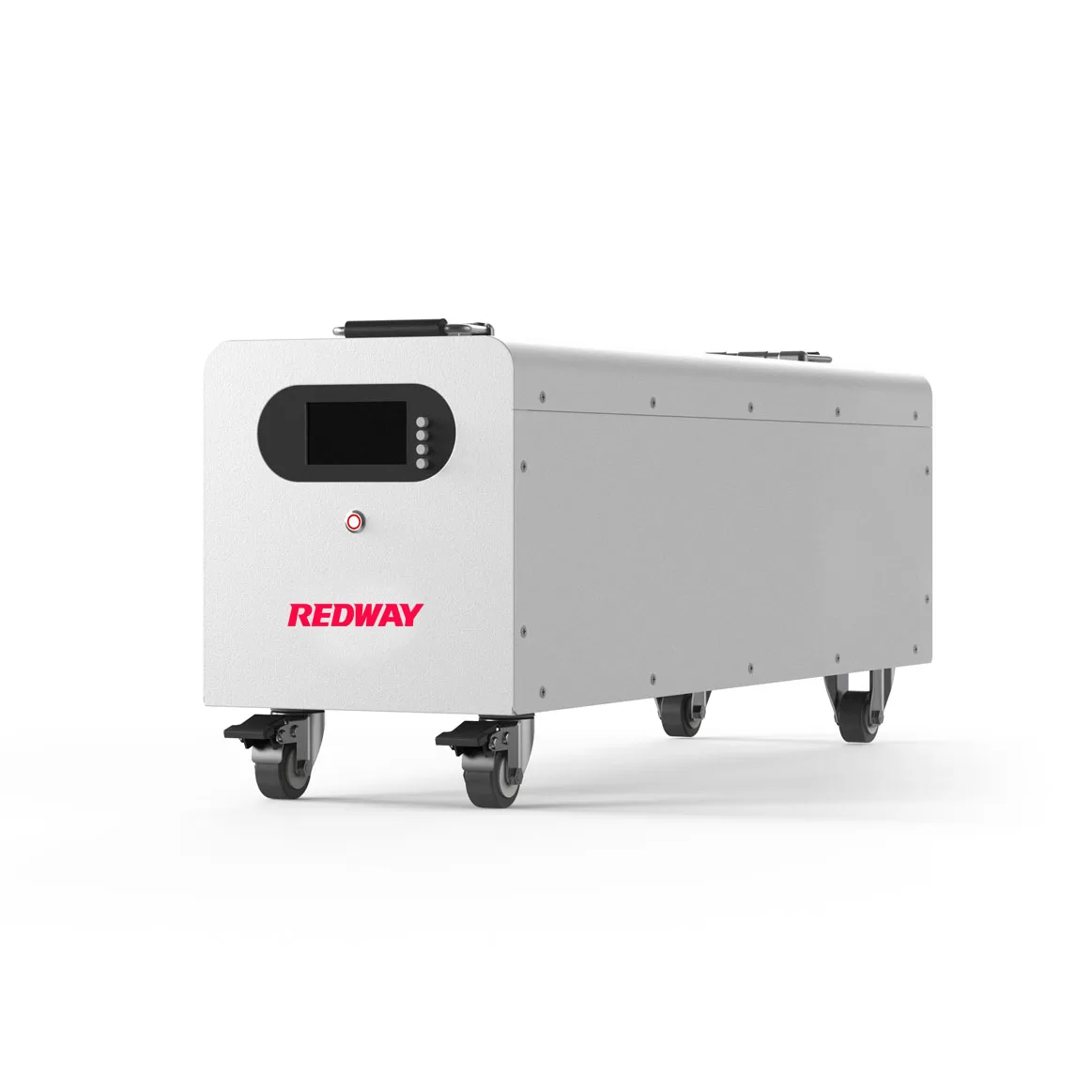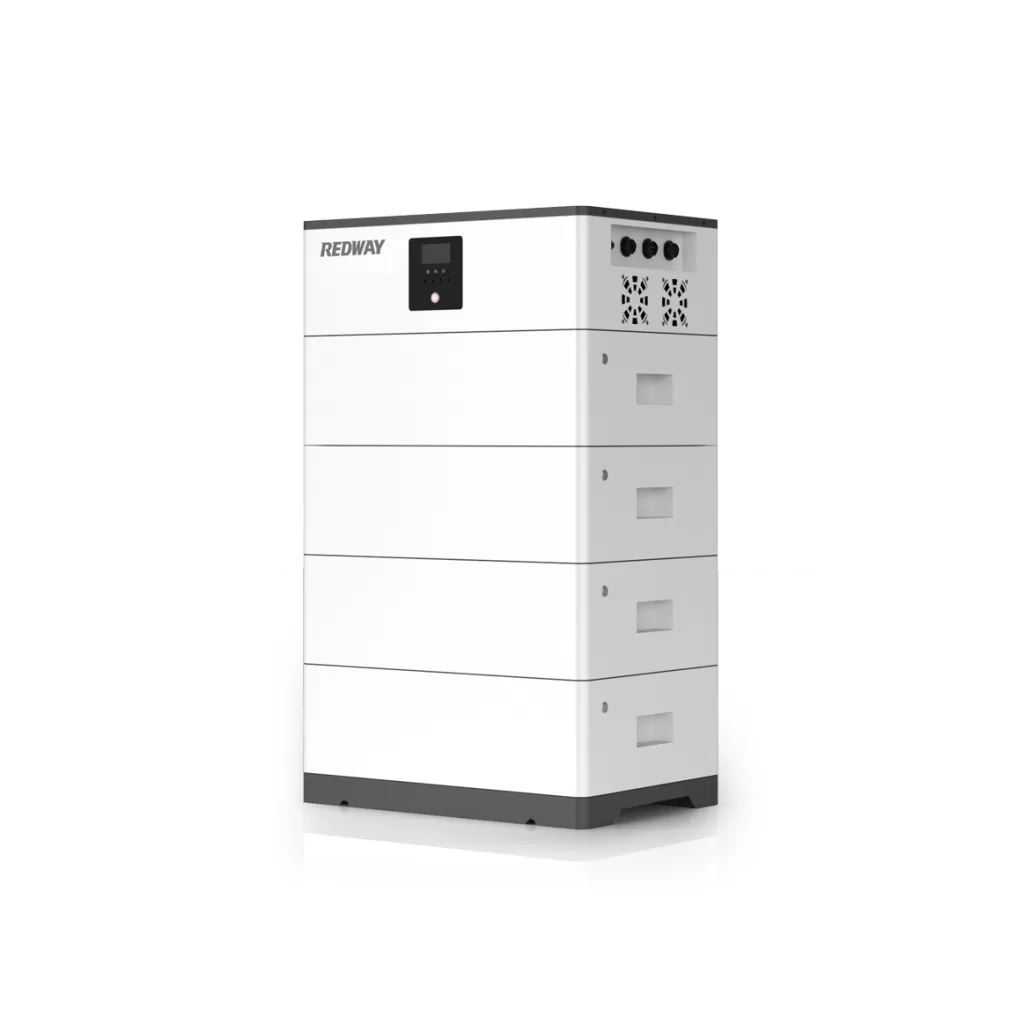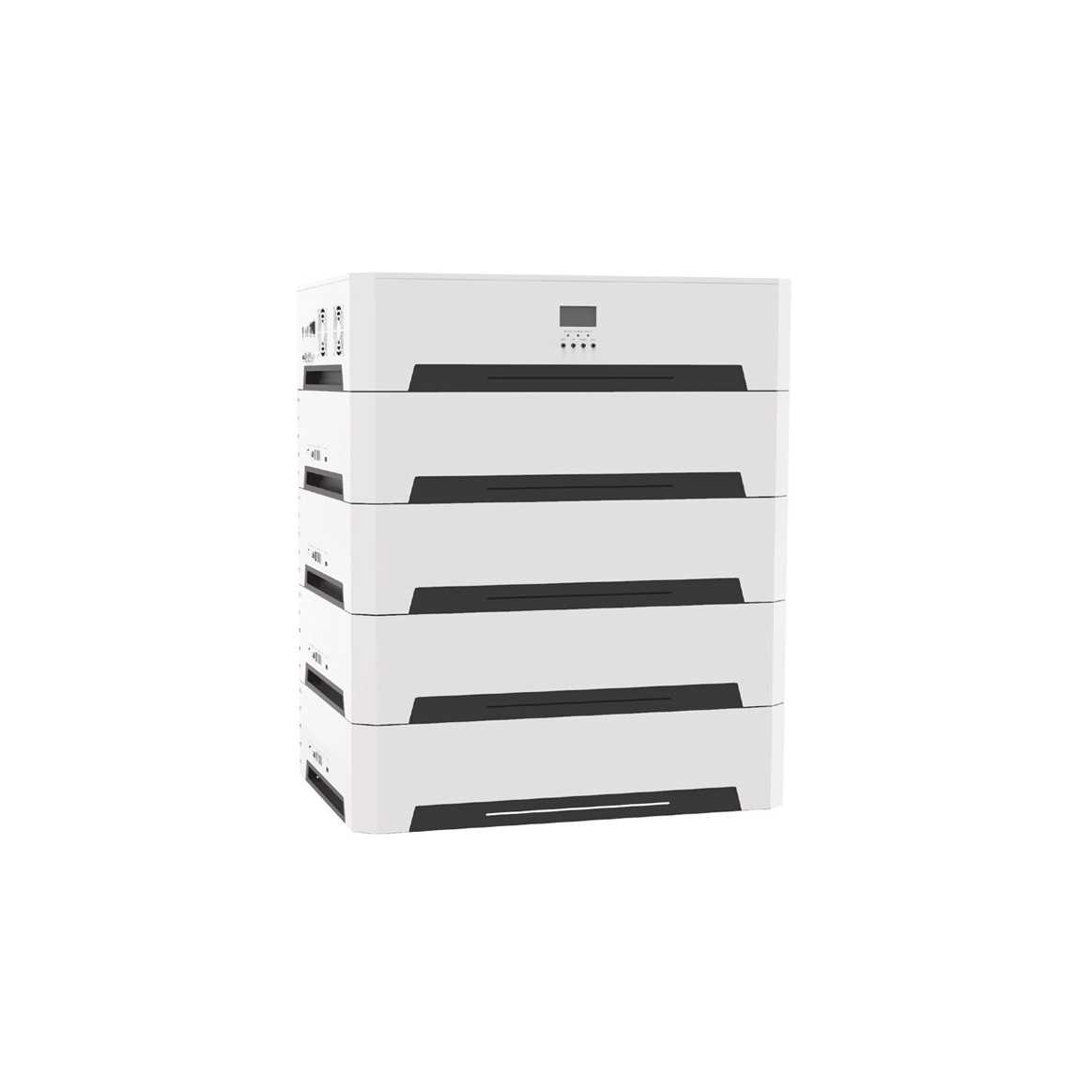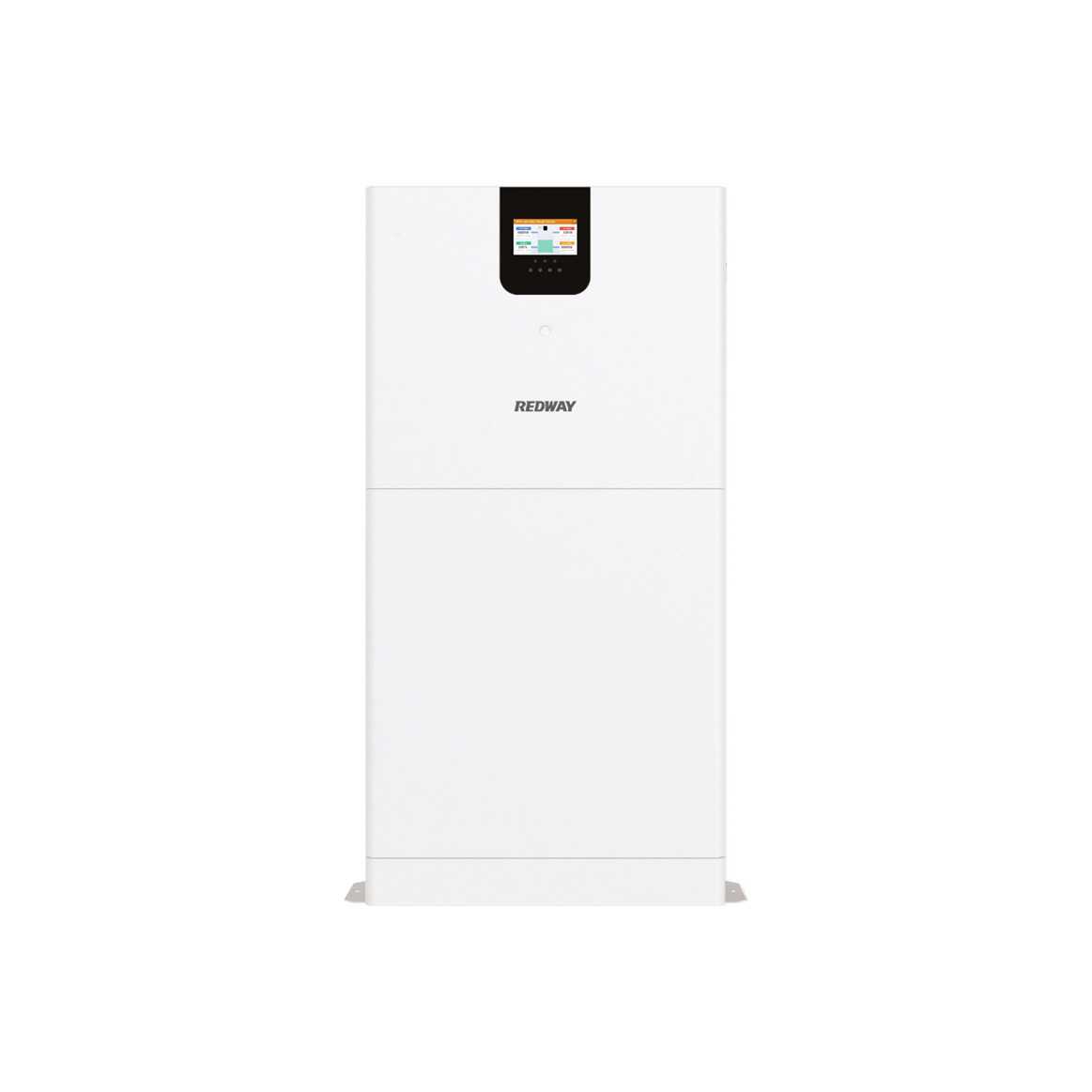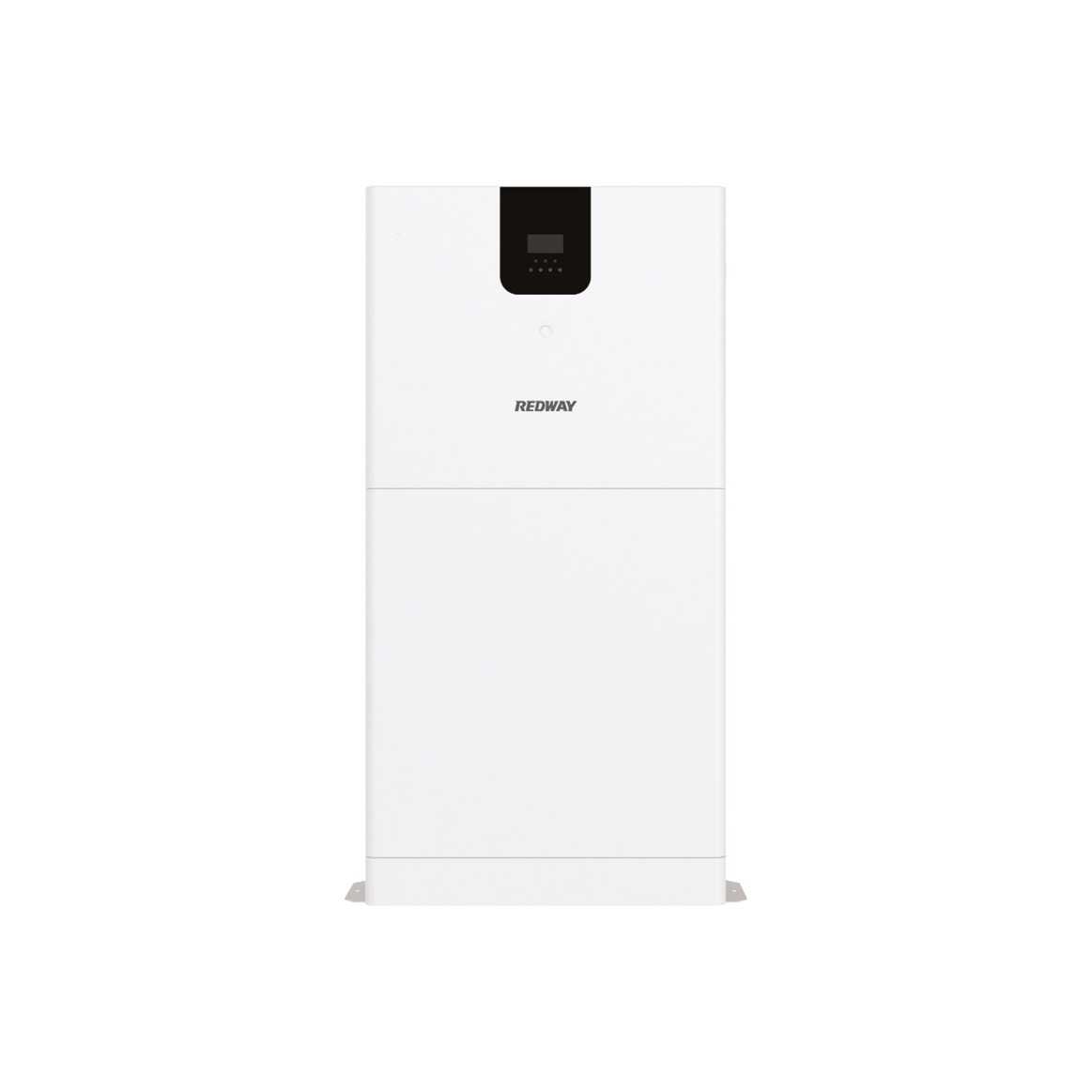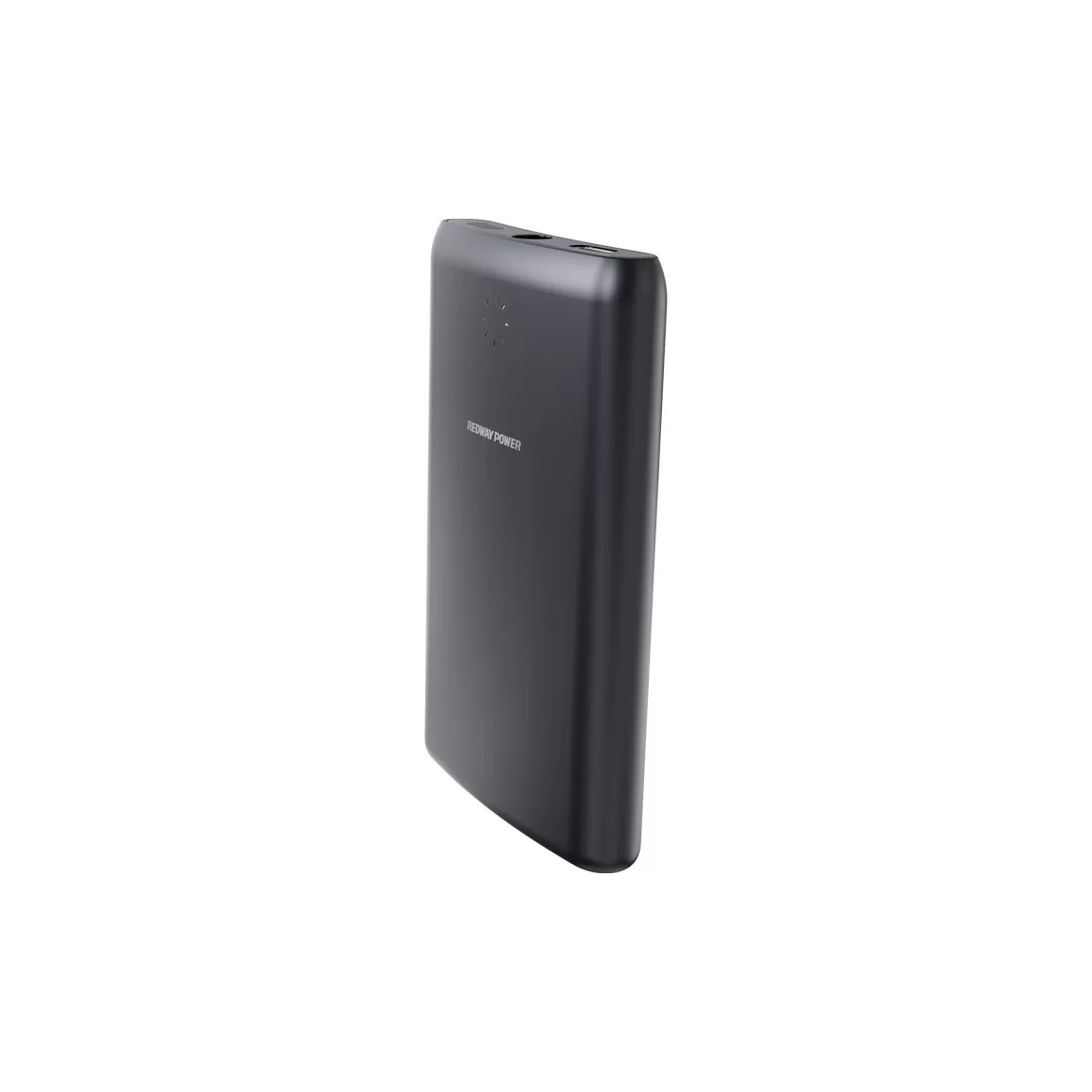En esta publicación de blog, profundizamos en la longevidad de una batería de 12 V y 100 Ah, esencial para vehículos recreativos, embarcaciones y sistemas fuera de la red. Exploramos los factores que afectan su vida útil, ofrecemos consejos para prolongar la vida útil de la batería y la comparamos con otras opciones.
Una batería de 100 Ah a 12 V tiene 100 amperios de capacidad. El tiempo que puede funcionar depende de los requisitos eléctricos de las aplicaciones que se alimentan y de la cantidad de corriente que consumen. Por ejemplo, la batería puede suministrar 1 amperio de corriente durante 100 horas , 2 amperios durante 50 horas , o 100 amperios durante una hora .
Tabla de contenido
Comprender la capacidad de la batería
Comprender la capacidad de la batería es crucial para saber cuánta energía puede almacenar y entregar una batería. Aquí hay un desglose:
- Medición: la capacidad de la batería generalmente se mide en amperios-hora (Ah) o miliamperios-hora (mAh), lo que indica la cantidad de corriente que una batería puede suministrar a lo largo del tiempo. Por ejemplo, una batería de 12 V y 100 Ah puede proporcionar 100 amperios durante una hora o 1 amperio durante 100 horas .
- Uso práctico: el tiempo de ejecución real depende de factores como la carga que se alimenta, la temperatura, la antigüedad de la batería y los patrones de carga. Los dispositivos que requieren altos consumos de corriente agotará la batería más rápido que los dispositivos electrónicos más pequeños.
- Factores que afectan el rendimiento: las temperaturas extremas pueden disminuir la capacidad, las altas temperaturas la reducen y las temperaturas frías reducen la eficiencia. La edad y el estado de la batería también afectan la capacidad, y el mantenimiento regular y el almacenamiento adecuado prolongan la vida útil.
Comprender la capacidad de la batería es esencial, pero el rendimiento en el mundo real depende de varios factores. ¡Tenga en cuenta estas consideraciones al estimar sus propios requisitos de uso!
Factores que afectan la duración de la batería
Comprender los factores que influyen en la vida útil de una batería de 12 V y 100 Ah es esencial para maximizar su longevidad. A continuación se desglosan los factores clave:
- Temperatura: Las temperaturas extremas, ya sean frías o calientes, pueden acelerar la degradación de la batería y reducir la capacidad general.
- Profundidad de descarga (DOD): las descargas superficiales y la recarga regular prolongan la vida útil de la batería en comparación con las descargas profundas, que pueden acortar la vida útil.
- Método de carga: Las técnicas de carga adecuadas, evitando la sobrecarga o la carga insuficiente, son esenciales para mantener la salud de la batería.
- Mantenimiento: la inspección periódica, la limpieza de los terminales y la garantía de una ventilación adecuada ayudan a prolongar la vida útil de la batería.
- Patrones de uso: Las cargas pesadas o la descarga rápida sin ciclos de recarga suficientes pueden acortar la esperanza de vida general de la batería.
- Calidad y marca: considere la reputación y la calidad de la marca de la batería al comprar para garantizar la durabilidad y el rendimiento.
Comprender estos factores le ayudará a maximizar la vida útil de su batería de 12 V y 100 Ah y a tomar decisiones informadas sobre su uso.
Calcular la duración de la batería para una batería de 12 V y 100 Ah
Comprender cuánto durará una batería de 12 V y 100 Ah implica considerar varios factores. Aquí tienes una guía simplificada para calcular la duración de la batería:
- Consumo de energía: determine el consumo de energía total de los dispositivos conectados en vatios.
- Calcule la corriente: divida el consumo total de energía por 12 (el voltaje de la batería) para encontrar la corriente en amperios.
- Estimar el tiempo de ejecución: divida la capacidad de la batería (100 Ah) por el valor actual para estimar el tiempo de ejecución de la batería en horas.
For example, if your devices consume 500 watts, dividing by 12 gives approximately 41.7 amps. Dividing the battery’s capacity (100Ah) by this current value yields an estimated runtime of around 2.4 hours.
Keep in mind that actual runtime may vary due to factors like temperature and battery condition. By understanding your power needs and performing these calculations, you can better plan for battery usage.
Tips for Extending Battery Life
To ensure your 12V 100Ah battery lasts longer, implementing some key strategies is essential. Here are practical tips for extending battery life:
- Charge Correctly: Use a charger with automatic float mode or smart charging technology to prevent overcharging.
- Maintain Proper Temperature: Store the battery in a cool, dry place and avoid exposing it to extreme heat or cold.
- Minimize Discharge Cycles: Try to avoid deep discharges and opt for shallow cycles whenever possible to reduce strain on the battery.
- Use Energy Efficiently: Choose energy-efficient devices and appliances to lessen the battery’s workload and prolong its lifespan.
- Regular Maintenance: Periodically check for corrosion or damage on terminals, clean them if needed, and ensure all connections are secure.
Following these tips diligently can help maximize the lifespan of your 12V 100Ah battery, ensuring reliable performance over time.
Comparison to Other Batteries
When choosing a battery, it’s crucial to understand how a 12V 100Ah battery compares to others on the market. Here’s a simplified comparison:
- Capacity and Voltage: The 12V 100Ah battery offers higher capacity compared to lead-acid batteries of similar voltage, providing more power for longer durations.
- Size and Weight: It is relatively compact and lightweight compared to high-capacity batteries like lithium-ion or nickel-metal hydride (NiMH), making it easier to transport and install.
- Cost-effectiveness: With a more affordable price per amp-hour compared to advanced technologies like lithium-ion, the 12V 100Ah battery is a budget-friendly option for reliable power needs.
- Lifespan: While lead-acid batteries may last around five years on average with proper maintenance, lithium-ion batteries have a longer lifespan but come with higher costs.
Consider your specific needs and evaluate factors such as capacity, budget, weight, and lifespan before making a decision on the best battery for your application. Choose wisely to ensure reliable power for your project or application.
Common Uses for a 12V 100Ah Battery
Exploring the versatility of a 12V 100Ah battery reveals its wide range of applications. Here’s a brief overview:
- RVs and Boats: Ideal for powering appliances like lights, fans, and refrigerators during camping trips or boating adventures.
- Solar Power Systems: Used to store energy from solar panels for continuous electricity supply, even when sunlight is unavailable.
- Electric Vehicles (EVs): Functions as a supplemental power source, providing additional energy to the main car battery system as needed.
- Backup Power Supply: Essential for emergency situations at home or in remote areas with limited access to grid electricity.
- Off-Grid Living: Ensures consistent power supply for off-grid or remote dwellings, supporting day and night electricity needs.
In conclusion, understanding how to maximize the lifespan of a 12V 100Ah battery is essential for optimal performance across various applications. By employing proper maintenance techniques and selecting high-quality batteries, you can ensure reliable power supply for your needs.
FAQs
How long does it take to charge a 100Ah battery using solar panels?
To determine the time it takes to charge a 100Ah battery using solar panels, one must consider various factors. For instance, with a 100W solar panel generating approximately 8.33 amps in optimal sunlight, a rough estimate can be calculated by dividing the battery capacity of 100Ah by the solar panel output of 8.33 amps. This calculation suggests that it would take around 6 hours to recharge the 100Ah battery fully, under ideal conditions.
However, in practice, the total charging time may vary slightly due to factors such as fluctuations in sunlight intensity and efficiency losses in the charging process. In reality, the charging time could span anywhere between 6 to 7 hours since it’s rare to achieve the full solar charge consistently throughout the entire duration. Additionally, the charging duration can be expedited by utilizing multiple solar panels to harness more solar energy for the charging process.
What size solar panel is needed to charge a 100Ah battery?
To determine the size of a solar panel needed to charge a 100Ah battery, you need to consider the power output of the solar panel and the amount of sunlight it receives. Solar panels are typically rated in watts for their power output under optimal conditions. By multiplying the wattage rating of a solar panel by the number of hours of direct sunlight it receives each day, you can calculate its daily energy output in watt-hours (Wh).
For instance, if a solar panel has a 100-watt rating and is exposed to 5 hours of direct sunlight daily, its total daily energy output would be 500Wh. This energy output is essential for charging a 100Ah battery efficiently. To ensure the battery is fully charged, it’s important to consider factors like efficiency losses and variations in sunlight intensity throughout the day.
Therefore, a 100-watt solar panel, when exposed to 5 hours of direct sunlight per day, would be sufficient to charge a 100Ah battery, providing a total output of 500Wh daily to meet the charging requirements.
How to use a 100Ah battery in a solar charging system?
Using a 100Ah Battery in a Solar Charging System:
To effectively utilize a 100Ah battery in a solar charging system for applications like RVs, you need to understand the components and calculations involved. A solar charging system consists of key components like solar panels, charge controllers, and batteries, all working together to capture solar energy and convert it into power for your battery.
Solar panels play a crucial role in this system by capturing sunlight and converting it into DC current for charging the battery. The size of the solar panel needed to charge a 100Ah battery depends on factors such as its wattage rating and the amount of direct sunlight it receives. By calculating the solar panel’s total solar output based on its wattage and hours of direct sunlight, you can determine the capacity needed for efficient charging.
Charging a 100Ah battery using solar panels requires understanding the charging time, which can vary based on factors like battery type, state of charge, and solar panel output. For instance, a 12V 100Ah lead acid battery discharged to 50Ah could take approximately 6 to 7 hours to recharge using a 100W solar panel with an optimal output of 8.33 amps. It’s important to consider that actual charging times may vary due to factors like sunlight intensity and overall system efficiency. To expedite the charging process, using multiple solar panels can enhance the charging rate.
What are the different types of RV batteries?
RVs generally incorporate two primary types of batteries: starting (SLI) batteries and deep cycle batteries. Starting batteries are specially designed to deliver short, high-energy bursts, making them ideal for engine ignition purposes. However, they are not suitable for serving as house batteries due to their limited capacity for sustained power output. In contrast, deep cycle batteries are specifically engineered to provide consistent lower levels of power over a prolonged duration. These types of batteries, particularly 100Ah deep cycle batteries, are utilized in RVs to power various devices within the vehicle such as lights, clocks, and other appliances.
How many watt hours are in an amp hour?
To determine the number of watt hours in an amp hour, you can multiply the amp hours of a battery by the voltage of the battery. For instance, if you have a 12-volt battery with a capacity of 100 amp hours, the calculation would involve multiplying 100 amp hours by 12 volts, resulting in 1200 watt hours or simply 1200 watts for one hour of operation. This formula is a standard method used to convert amp hours to watt hours and is widely applied in the realm of battery capacity calculations and energy storage systems.
How many batteries do I need to power multiple appliances?
To determine how many batteries you need to power multiple appliances, you first need to calculate the total power consumption of all the appliances you plan to run in your RV. Start by creating a thorough list of all the appliances and their individual power requirements.
For each appliance, determine the number of amps it requires to operate and multiply this by the number of hours you intend to use it per day. This calculation will provide you with the total power consumption (in amp hours) for that particular appliance.
After completing this calculation for all appliances, add up the total daily power consumption for each appliance. This sum will give you the overall power consumption required per day to run all your appliances simultaneously.
To select the appropriate number of batteries, ensure you choose batteries with a combined amp hour rating that is higher than your total daily power consumption. Keep in mind that lead acid batteries should only be discharged to about 50% of their total capacity, so you may need to adjust the amp hour rating accordingly. For example, if a battery is rated at 100Ah, its usable capacity would be around 50Ah after considering the 50% discharge limit.
Alternatively, lithium iron phosphate batteries can be discharged much lower than lead acid batteries, allowing you to utilize their full amp hour rating. Check the manufacturer’s recommendations to determine the safe discharge level for these batteries when calculating how many batteries you need to power your multiple appliances effectively.
Why is it necessary for the appliances to match the voltage source?
It is crucial for appliances to match the voltage source for efficient and safe operation. The voltage of a battery or power source must align with the voltage requirements of appliances to ensure they function properly. Each appliance is designed to operate at a specific voltage level, and a mismatch can lead to malfunctions, damage, or even safety hazards.
When the voltage of the battery matches that of the appliances, it enables a smooth flow of electricity without overloading or underpowering the devices. Using a battery with an appropriate voltage rating ensures that the appliances receive the power they need to function optimally without being subjected to excessive voltage that could cause them to malfunction or even fail.
In the context of recreational vehicles (RVs), for example, most appliances and lighting systems are designed to operate on 12 volts. Therefore, it is essential to use a 12V battery or a compatible voltage source to power these devices effectively. In cases where different voltage levels are present, such as 6V, 24V, or 48V systems, it is necessary to select a battery with a matching voltage to ensure compatibility and proper functioning.
In situations where appliances require higher voltage levels, such as in high voltage systems, precautions need to be taken when selecting the battery or power source. Using batteries in series can be an option to cater to these requirements, but it is crucial to do so carefully to avoid issues like imbalanced voltage distribution or potential damage to the appliances.
Overall, matching the voltage source to appliances is essential for maintaining the performance, safety, and longevity of the devices. It ensures that the appliances receive the correct amount of power they need to operate efficiently, reducing the risk of damage and ensuring a reliable power supply for their intended use.
Why are 100Ah batteries popular for RVs?
The 100Ah 12 volt sealed lead acid (SLA) battery size is a popular choice for RVs due to its combination of factors that make it highly practical and versatile for recreational vehicle use. This battery size is widely preferred because it offers a large capacity suitable for powering various accessories within an RV while still being manageable for one person to move easily. Additionally, its reasonable price point, compact size, and ample energy capacity make it ideal for running essential appliances like lights, charging cell phones, and powering small accessories while on the go in an RV setting.
How is the flow of electricity similar to the flow of water?
The flow of electricity can be likened to the flow of water in various ways. Just like water flowing through a hose, the amps in an electric circuit can be seen as the speed at which electrons move through the system. Voltage can be compared to the pressure of water in a hose, as it drives the flow of electricity through the circuit. In a similar manner, the concept of watts in electricity is akin to the amount of water coming through the hose. Furthermore, measuring amp hours in electricity is equivalent to determining the quantity of electricity that flows through a circuit over a specific period of time, much like estimating the amount of water that would flow through a hose in an hour.
What are the different types of deep cycle batteries?
Different types of deep cycle batteries mainly fall into two categories: lead acid and Lithium Iron phosphate (LiFePO4). The chemistry of a deep cycle battery impacts its performance significantly.
Lead acid batteries are more commonly used and tend to be more affordable upfront, but they have limitations in terms of lifespan, performance, and recharge speed.
On the other hand, Lithium Iron phosphate (LiFePO4) batteries are known for their longer lifespan, faster recharging capabilities, and overall better performance. While they may cost more upfront, their efficiency and longevity can make them a cost-effective choice in the long run.
When choosing a deep cycle battery, it’s essential to consider the trade-offs between performance and cost, as well as the specific needs of your application. Be sure to research and compare the benefits of both lead acid and LiFePO4 batteries to make an informed decision that best suits your requirements.
What is an amp hour and how does it relate to battery capacity?
Battery capacity is typically measured in ampere-hours (Ah) or milliampere-hours (mAh), indicating the amount of current a battery can supply over time. To understand this better, let’s break down some key electrical terms:
An amp hour, or Ah, signifies the capacity of a battery by revealing the quantity of current it can deliver for a specific duration, usually one hour. This capacity is directly related to the battery’s ability to sustain a consistent flow of electricity. In order to grasp this concept fully, it’s essential to grasp the definitions of a few crucial electrical terms:
– Amps, short for “amperes,” are units used to quantify electrical current. Current denotes the pace at which electrons traverse an electrical conductor.
– Volts are units utilized to measure voltage, which signifies the variance in electrical potential or the electron count between any two points in a closed electrical circuit.
– Watts are units that gauge the power generated from amps flowing through a volt’s electromotive force. The calculation of watts involves multiplying the number of amps by the number of volts.
So, when we mention a 12V 100Ah battery, it implies that the battery is capable of providing 100 amps of electrical current for one hour continuously, or 1 amp for a prolonged duration of 100 hours. This exemplifies the direct correlation between amp hours and battery capacity, showcasing how the capacity rating of a battery directly influences its endurance and power delivery capabilities.
How can users choose the best battery for their specific needs and preferences?
Choosing the best battery for your specific needs and preferences involves a few key steps. Firstly, it is important to consider the intended use and required power/current of the battery. Look into constant power and constant current discharge charts and/or graphs of various battery models to make an informed decision.
Secondly, take into account factors such as battery temperature, age, number of cycles, and any other relevant specifications that may impact the battery’s performance over time. These details can help you determine how long a battery can last and how well it will suit your needs.
Moreover, ensure you leave some energy/power reserve for emergencies, as it is always wise to have a buffer in case of unexpected situations. Safety is paramount when dealing with batteries, especially powerful ones like 12V 100Ah batteries.
Lastly, consider exploring different battery models beyond the common ones mentioned. There are many batteries on the market with varying features, so choose one that aligns with your requirements and preferences for optimal performance. By carefully considering these factors, users can select the best battery that meets their specific needs and preferences.
What are some alternative battery options similar to 12V 100Ah batteries that users can consider?
Explore various battery options that are comparable to 12V 100Ah batteries. Some alternatives to consider are Group 4D, 6D, and 8D batteries with different dimensions, features, and recommendations. Additionally, there are Mighty Max ML75-12 12V 75Ah AGM batteries, Mighty Max ML55-12 12V 55Ah AGM deep cycle batteries, NorthStar AGM BCI Group 27 batteries such as NSB-AGM27, NSB-AGM27F, and NSB-AGM27M batteries. VMAXTANKS also offers MR-107, MB-107, and SLR-85 AGM deep cycle batteries, along with the MR127-100 AGM deep cycle battery. Optima Batteries provide D27M BlueTop and D27F YellowTop starting and deep cycle batteries, while Battle Born offers a 100 Ah LiFePO4 12-volt deep cycle battery. Each of these alternatives has unique features and specifications that users may find beneficial depending on their specific needs and preferences.
Why is it important to check constant power and constant current discharge charts and graphs when calculating battery runtime?
Checking constant power and constant current discharge charts and graphs is essential when calculating battery runtime because these data provide crucial insights into how a battery performs under different conditions. By examining these charts and graphs specific to the battery model in use, one can understand how the battery’s capacity and efficiency are affected by the power and current demands placed on it. This information enables users to make informed decisions regarding the battery’s suitability for their intended applications and its ability to deliver the required power over a specific period. Without considering these discharge characteristics, estimating the runtime of a battery accurately becomes challenging, potentially leading to unexpected power failures or equipment damage in practical scenarios. Therefore, analyzing constant power and constant current discharge data is a fundamental step in ensuring reliable and efficient battery operation.
How do the runtime estimates for 12V 100Ah batteries change when the power requirement of the inverter is decreased to 350 watts?
When the power requirement of the inverter is decreased to 350 watts, the runtime estimates for 12V 100Ah batteries vary. The UPG UB121000 can power the inverter for approximately 2 hours with relative ease. The Odyssey 31-PC2150 battery, known for its good recovery from deep discharges, can power the inverter for around 2 hours and 20 minutes to 2 hours and 30 minutes, or even longer depending on usage habits. Finally, the AIMS LFP12V100AB battery impressively extends the runtime, allowing the inverter to operate for almost 3 hours and 40 minutes.
How do lithium batteries compare to lead-acid batteries in terms of performance and output voltage stability?
Lithium batteries exhibit superior performance and output voltage stability compared to lead-acid batteries. One key advantage of lithium batteries is their ability to maintain a consistent output voltage, remaining close to the nominal voltage of 12.8 volts. This feature ensures a stable and reliable power supply, making lithium batteries a preferred choice for those seeking constant and dependable performance. Additionally, lithium batteries tend to outperform lead-acid batteries in terms of efficiency and longevity, offering users a more robust and enduring energy storage solution.
What are the estimated runtimes of different 12V 100Ah batteries when used with a 1000W power inverter?
Different 12V 100Ah batteries offer varying estimated runtimes when used with a 1000W power inverter with an 85% efficiency rating. For instance, the UPG UB121000 battery can power the inverter for approximately 30 minutes, the Odyssey 31-PC2150 battery can provide power for about 36 to 38 minutes, and the AIMS LFP12V100AB battery allows the inverter to run for roughly one hour (60 minutes). These discrepancies in runtime are influenced by the battery’s capacity, efficiency, and overall power output suitability to meet the demands of the attached power inverter.
What is the Reserve Capacity (RC) of 12V 100Ah batteries for both lead-acid and lithium types?
The Reserve Capacity (RC) of 12V 100Ah batteries, whether lead-acid or lithium type, refers to the duration in minutes that a battery can consistently deliver 25 Amps of current while maintaining the voltage above a specified safety level. For 12V 100Ah general-purpose lead-acid batteries, the typical Reserve Capacity falls within the range of 170-190 minutes, while premium lead-acid batteries may offer a slightly longer duration of 190-220 minutes. In contrast, 12V 100Ah deep-cycle lithium batteries boast a Reserve Capacity usually around 240 minutes, allowing them to deliver a continuous current of 25 Amps for up to 4 hours.
What are the discharge times for 100Ah lead-acid and lithium batteries?
Lead-acid batteries typically provide discharge times based on a 20-hour rate, meaning they can deliver a certain current for 20 hours before reaching a specified voltage cut-off. For example, a 100Ah lead-acid battery can sustain a 5 Amp load for 20 hours until the voltage drops to a predetermined level, typically around 10.5V. On the other hand, lithium batteries often specify discharge times for different durations, such as 1-5 hours. This means that the capacity of a lithium battery can vary depending on the rate at which it is discharged – such as 1C, 0.5C, or 0.2C for 1, 2, and 5-hour discharges, respectively. It’s important to note that when lead-acid batteries are discharged at higher currents than their rated 20-hour capacity, there may be a reduction in the overall capacity due to factors such as internal resistance and heat generation. Additionally, actual battery capacity during discharge is also influenced by environmental conditions, particularly temperature, and the acceptable end voltage of the battery.
What are the differences in performance between lithium and lead-acid 100Ah batteries?
When comparing the performance characteristics of lithium and lead-acid 100Ah batteries, several distinctions become evident. Lithium batteries are notably lighter than lead-acid batteries, making them a favorable choice for applications where weight is a critical factor. Additionally, lithium batteries can accept charge at a faster rate, although this can vary depending on the specific model being used.
One key difference between the two types of batteries is the charging method they require. Lithium batteries necessitate dedicated lithium battery chargers for optimal performance and longevity. Furthermore, lithium batteries come equipped with Battery Management Systems (BMS) that play a crucial role in safeguarding the battery against various adverse events such as extreme temperatures, overcharging, over-discharging, and overcurrent, among others.
It is important to note that for lithium batteries, the presence of a reliable BMS is essential to ensure safe operation. Without a robust BMS, even high-quality lithium batteries like Lithium Iron Phosphate (LiFePO4) batteries can be susceptible to issues such as overheating, fire, or explosions if mishandled.
Conversely, if the priority is a 12V 100Ah battery that undergoes minimal cycling, weight may not be a significant concern. In such cases, opting for a reliable Absorbent Glass Mat (AGM) or Gel-Cell battery may prove to be a more cost-effective and practical choice. These batteries are known for their stable performance and affordability, making them suitable for specific usage scenarios where weight is not a primary consideration.
How many charging/discharging cycles can a 100Ah battery withstand without dropping below a certain level?
Al evaluar la durabilidad de una batería de 100 Ah en términos de ciclos de carga y descarga sin llegar a niveles críticamente bajos, es importante considerar las propiedades de las baterías de litio en comparación con las baterías de plomo-ácido. Las baterías de litio ofrecen ventajas como ser más livianas, capaces de realizar cargas rápidas carga (según el modelo), que requiere cargadores de baterías de litio específicos para una carga óptima e incluye sistemas de gestión de baterías para protección contra diversas condiciones adversas como temperaturas extremas, sobredescarga, sobrecorriente, sobretensión y más.
Se hace hincapié en que se debe tener precaución con las baterías de litio que carecen de un sistema de gestión de baterías (BMS) fiable. Incluso las baterías de fosfato de hierro y litio de alta calidad (LiFePO4) pueden volverse peligrosas si se manipulan incorrectamente, lo que podría provocar problemas como sobrecalentamiento, incendios o explosiones. Alternativamente, para aquellos que buscan una batería de 12 V y 100 Ah que no se someta a ciclos frecuentes, dando mayor importancia a la asequibilidad que al peso, se recomienda considerar opciones como la estera de vidrio absorbente (AGM) o las baterías de celda de gel.
¿Cuánto tiempo puede durar una batería de 100 Ah con una determinada carga?
Al considerar la duración que una batería de 100 Ah puede durar bajo una carga específica, es esencial comprender la capacidad de la batería en amperios-hora. En teoría, una batería de 100 Ah puede proporcionar 1 amperio de corriente durante 100 horas, 10 amperios durante 10 horas, o cualquier otra combinación que equivale a 100 Ah. Sin embargo, en aplicaciones prácticas, factores como la eficiencia de la batería, la temperatura, la velocidad de descarga y la carga real conectada influirán en la duración real que la batería puede alimentar una carga.
Entonces, para determinar cuánto puede durar una batería de 100 Ah bajo una determinada carga, necesita saber el consumo de corriente de la carga en amperios. Al dividir la capacidad de la batería (100 Ah) por el consumo de corriente de la carga, puede estimar la vida útil de la batería en horas Tenga en cuenta que la duración real de la batería puede ser más corta debido a varios factores del mundo real.
